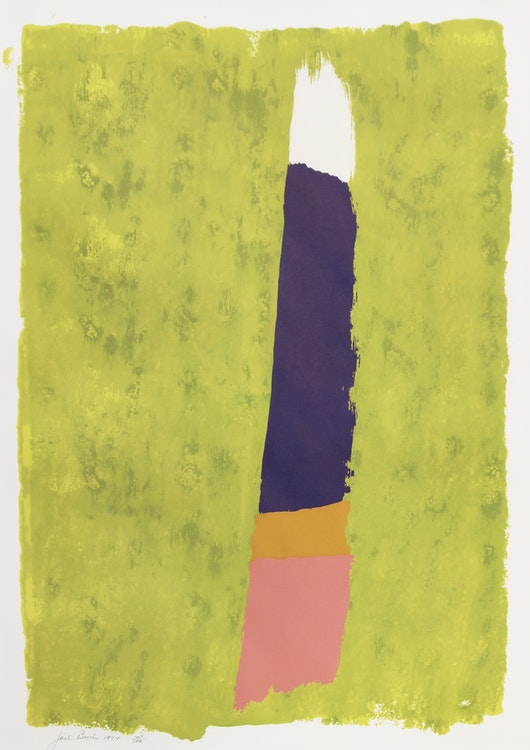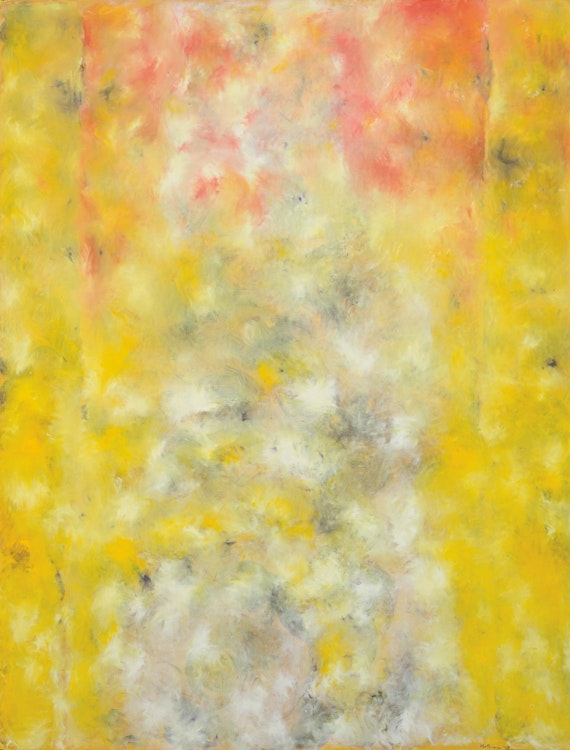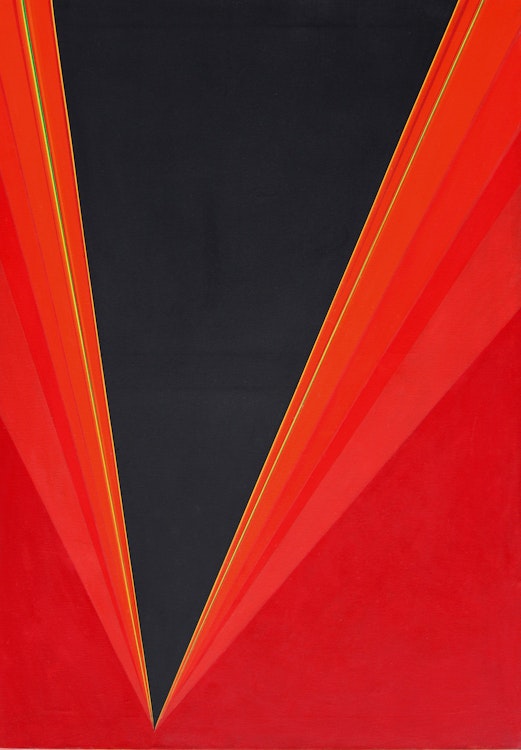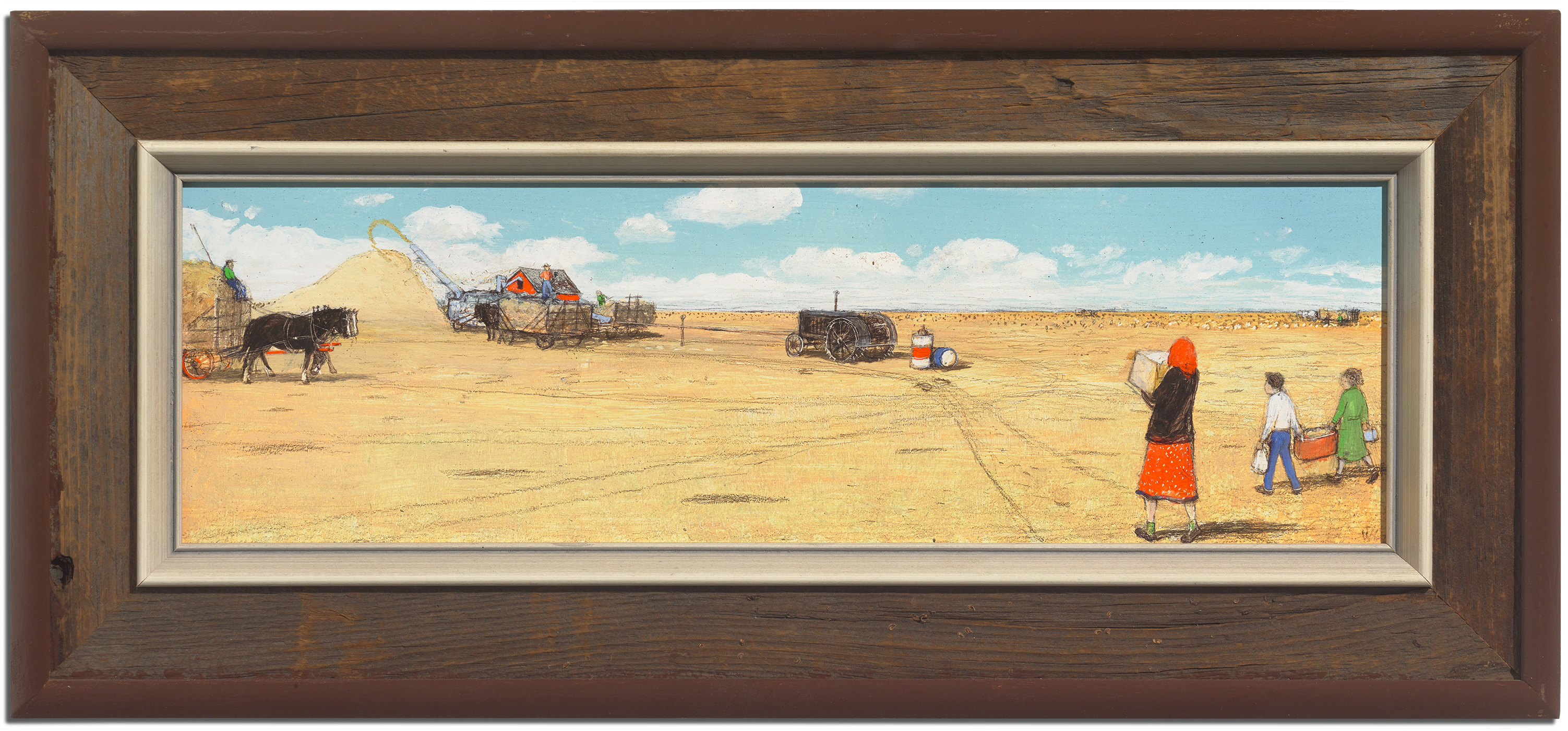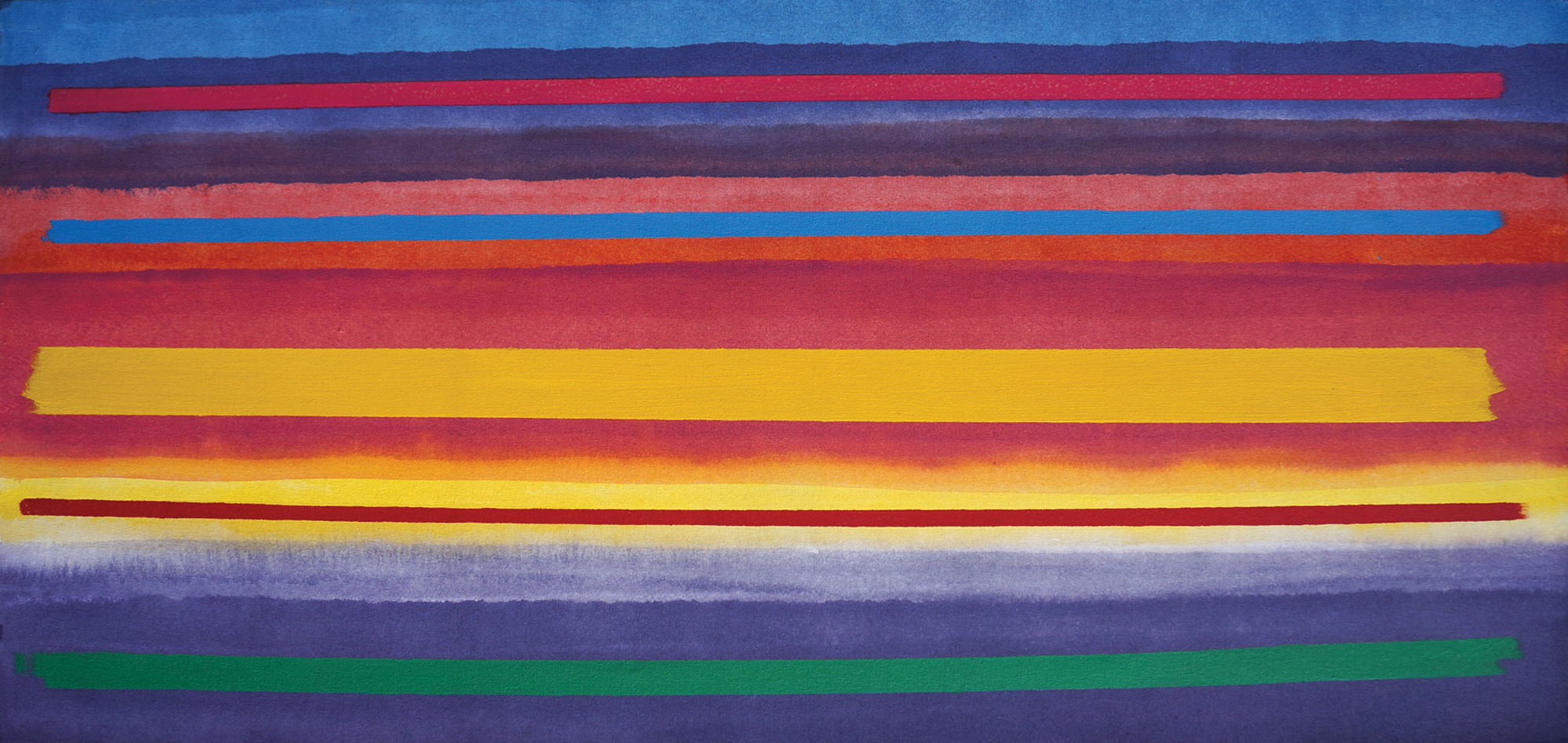Navigating the art market can be both an exciting and a daunting task for new buyers, experienced collectors and art market professionals. With a plethora of commercial galleries, online purchase platforms and auctions seemingly running 24/7, the buying options are limitless. At Cowley Abbott, we prioritize exceptional customer service and take pride in assisting our clients find the perfect artwork to either add to or begin their collection. In this article we will look at some key factors to consider when looking to start, build or mature your art collection, as well as the benefits of buying at auction.
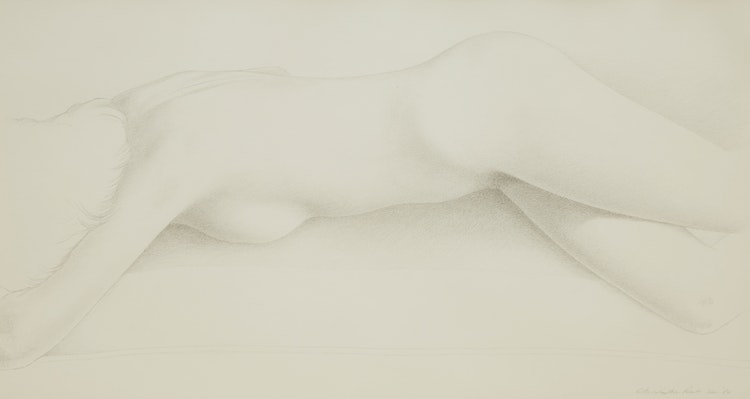
Where to Start?
Of course, one’s aesthetic taste is an obvious starting point. When a client inquires about what artist, time period or style of art they should collect, we encourage first to scan galleries, auctions and online resources to pinpoint what naturally appeals. Once there is a clear idea of an overall genre, style or even a particular artist that a collector wants to focus on, this establishes a solid foundation to build upon. Investment and future value are the next factors to consider. Although collecting art is an emotional and subjective process for collectors, the financial aspect of collecting is a natural and valid query. Invariably, the next question asked is, which artist or artwork will hold value over time. There is no crystal ball to consult to ensure that an artist or artwork will maintain its economic value, just as there is no guarantee that one’s financial investments will hold steady without change. However, auction, by virtue of its transparency, establishes a sense of confidence. Estimates and hammer prices reflect the realistic expectations of the secondary market for an artwork and artist, no matter a collector’s budget.
New collectors often seek an understanding of the art market before committing to their first purchase. This strategy takes into account a collector’s taste and shifting art market trends. Bearing this in mind, works on paper by major artists who trade at auction are an excellent buying option for new collectors. Typically, works on paper, such as drawings, watercolours and prints, offer a lower financial entry point and are an excellent example of the artist’s production, while allowing the collector to inform their aesthetic taste. Canadian artists, such as Jack Bush and Christopher Pratt, produced works on paper in tandem with their painting, developing fascinating and sometimes unique, experimental testimonials to their overall practice. “Sash”, “Totem” and “Thrust”, prints by Jack Bush, offer bright renderings closely linked to both his works in gouache and his large canvases. Similarly, Pratt’s graphite drawings of nude models and interiors are often the basis for both his coveted print works and paintings, functioning as intentional works of their own. Works on paper offer an incredible opportunity to understand the technical process of an artist. Notes on colour, shading, location and even the time of day can be conveyed, providing a unique insight into completed works by the artist.
As a new collector, the benefit to both monitoring and participating in auctions is accessibility to the wide variety of works included in these auctions, either online or live. A collector can study the online auction catalogues, view multiple images of the works included, request condition reports on specific artworks and compare artworks to navigate their own interests and taste. At Cowley Abbott, we offer dedicated sales of Works on Paper, taking place in February and July, offering an exceptional opportunity to begin collecting or build upon an established collection.
I know what I like, how do I navigate value?
Researching and learning more about major art movements, artist collectives, groups and periods all contribute to a more well-rounded understanding of the cultural value of artworks. This aids in further distilling a collector’s taste; perhaps gravitating to one artist of a major group over another and establishing a more finite point to begin collecting.
Navigating the estimates applied to artworks is an integral component to collecting. When auction houses ascribe estimates to artworks, the value is based upon past results for an artist at auction. Our specialists research comparable works by the artist, taking into account various attributes, such as medium, dimensions, style, overall quality and period for the artist. Hammer prices and auction estimates for these comparable pieces are taken into consideration in order to provide realistic expectations for artworks offered at auction. This recognized practice of valuation establishes greater transparency for new collectors navigating the auction market.
The Basics of Understanding Value
ArtTactic professionals have broken down the stages of an artist’s trajectory in order to measure the relationship between the cultural and economic value of their work within the art market. The following factors are considered when offering an artwork at auction, allowing further insight into how and why specific artwork by an artist may achieve a higher value.
- Formation Phase
- Art School
- Grad Show
- Local collector interest / exhibiting with smaller or younger galleries
- Art Fair showing
- Curator interest
- International interest (though less so with Canadian art given the regional market)
- Reputable Artist Prizes
- Expansion Phase
- Move to representation with established gallery / solo exhibition
- Acquisitions by major collectors
- International solo exhibition
- AUCTION DEBUT—works selling above expectation
- Consolidation Phase
- Strong and Consistent auction market activity
- Consistent commercial and museum exhibition activity
Further factors to consider include condition, quality, characteristics of the artwork, the provenance and, to an extent, rarity. Though rarity can aid in increasing the value of an artwork — for instance if the work is a sketch or panel for an important work by the artist — it can also have an adverse effect (ex. an artwork depicting a floral still life by an artist who is celebrated for their work in abstraction). For new collectors, it is an important component to be mindful of, as rarity can equate to a smaller pool of collector interest should one seek to sell in the future to mature a collection or should aesthetic tastes change.
These factors are guidelines to understanding established value, how specialists arrive at estimates, and driving forces for market trends. If there is a strong emotional draw to an artwork, collectors should trust their instincts and collect works that they will enjoy and that will enrich their collections.
How can Cowley Abbott assist?
Our monthly online auctions are an opportunity for a collector to ‘check’ the pulse of the market and dabble in their own collection journey. Interested collectors are invited to monitor the progress of our auctions and the performance of a specific artwork with no obligation to bid or participate. Our easy to navigate website offers a comfortable and convenient environment to participate should a collector wish, while our team of specialists are available to assist with any questions or concerns regarding artworks, or the auction process. The artworks included in the online auctions are available to preview at our gallery, and we invite you to visit us to view the works in person (should you be in the Toronto area or find yourself here visiting during our previews).
Our live auction of Important Canadian Art, which takes place in the spring and fall each calendar year, offers fresh insight into the auction world. We invite clients and collectors to experience the excitement of a live auction, as the event is open to the public and there is no obligation to participate. We provide extended gallery preview times to view the artworks included in these auctions to accommodate travel and scheduling realities, while flexible bidding options are available (in-person, absentee and telephone). The opportunity to view and engage with rare, museum-quality works is a privilege we love to share with our clients.
Our boutique firm specializes in Canadian Fine Art and our team of experienced and trained professionals is available to answer your collecting queries. We emphasize transparency in our business and market discussions with clients. We publish the price realized for all artworks sold at auction, partnering with global art market indexes, and provide full cataloguing information for all artworks we are entrusted with for sale. We strive to provide clients and collectors with the highest level of service, and we would be delighted to assist you in your collecting journey!




